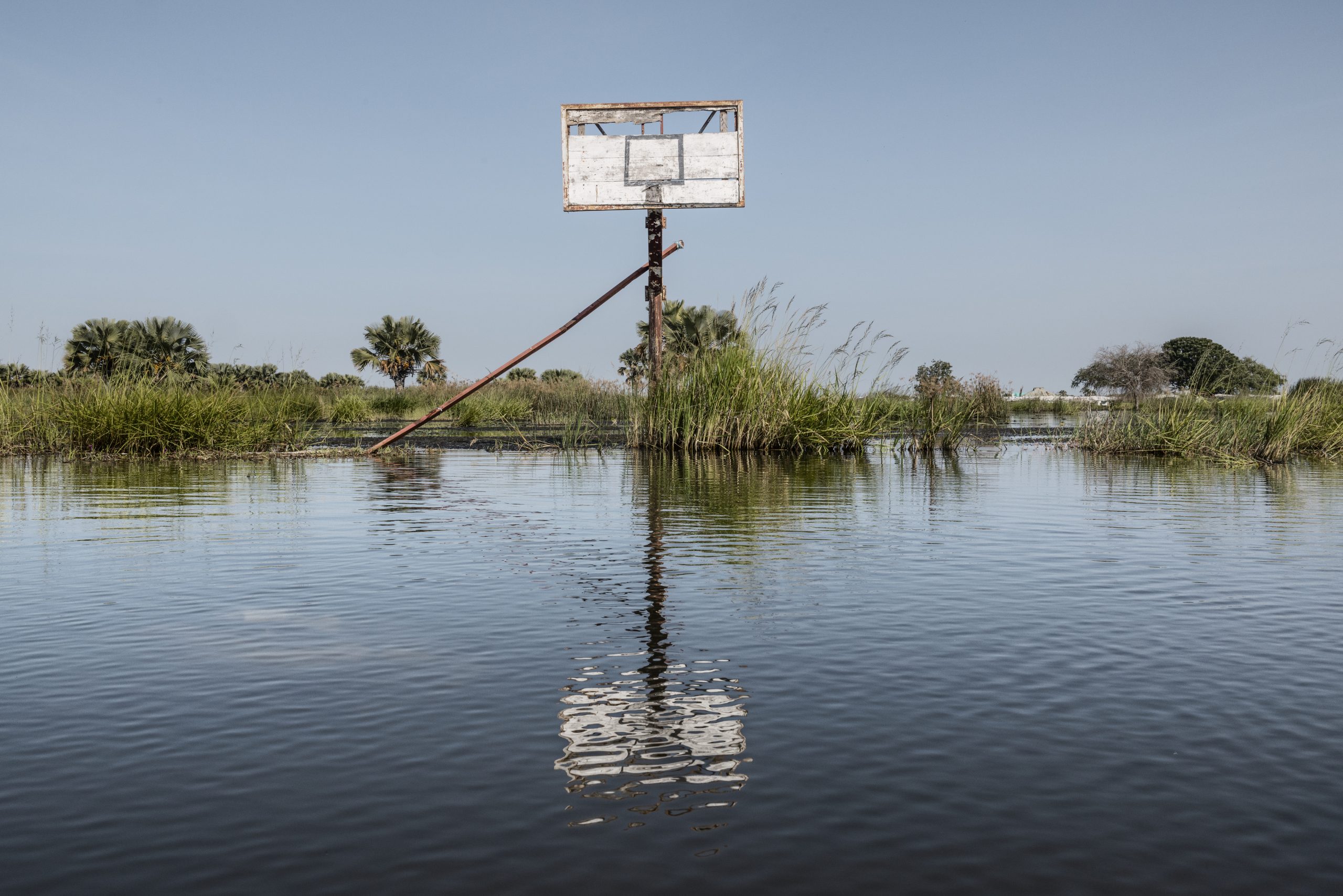Description
South Sudan, the world’s youngest country, is facing its fourth consecutive year of massive floods, with 2022 being the highest level yet. This comes as the country has been plagued by politico-ethnic violence and chronic instability since its independence from Sudan in 2011. The floods have submerged large swathes of the country, displacing hundreds of thousands of people and causing widespread destruction. This multi-year inundation is the first of its kind in South Sudan in over six decades, with two-thirds of the country currently experiencing flooding. According to UNHCR, nearly one million people have been directly impacted by water and forced to flee their homes in search of food and shelter. Up to 7.8 million people risk severe hunger in 2023 due to floods, drought, and conflict.
The reasons for these floods are a combination of climate change consequences, including higher levels of rainfall during the longer rainy season, deforestation in neighboring countries, population growth, and poor water management. The high levels in the White Nile River have pushed more water into the Sudd, one of the richest living systems on the planet and one of the largest floodplains in Africa. Today the water is no longer draining away, and it did not subside during the dry season. The heavy rains and floods have swept away people’s homes, properties, crops, livestock, schools, and healthcare centers, and caused extensive infrastructural damage to roads and bridges, limiting access to education infrastructures.
The climate crisis is exacerbating the vulnerability of this already unstable country, bringing it ever closer to collapse. It is imperative that immediate action is taken to address the root causes of this crisis and support the affected communities.
